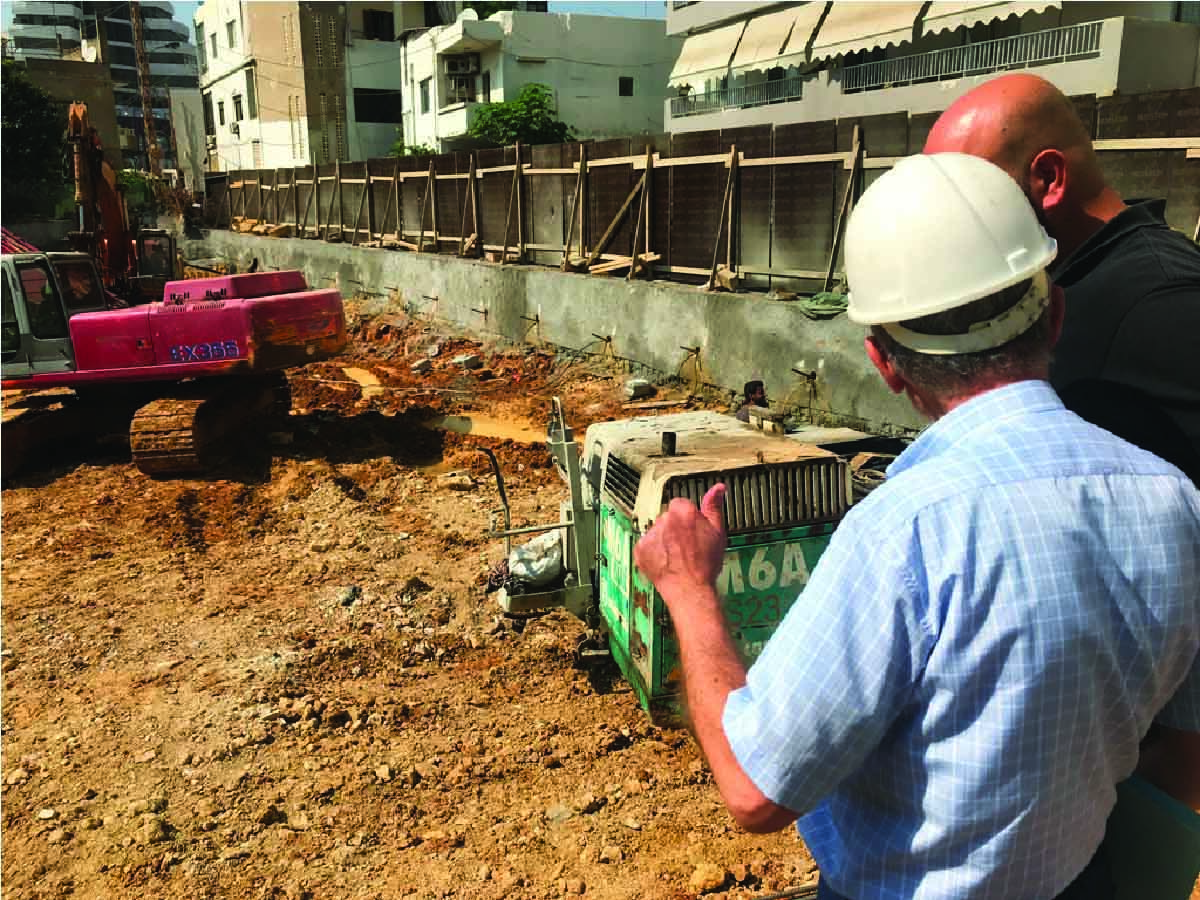Shoring System Design

Shoring is a term used to describe a system that functions to retain earth, water, and adjacent structures when an excavation is required. Shoring design can be a very complicated matter. The designer has to content with many unknowns and factors that influence the behavior of the excavation shoring. Typically, there are two systems in excavation shorings that must be designed: A) the Earth Retention System that contains the earth i.e. the support wall (sheet pile, diaphragm wall, etc.), and b) the Support System (i.e. the internal or external bracing such as rakers, struts, or tiebacks) that supports the earth retention system.
Performing detailed calculations for both systems can be a very time consuming process, especially when parameters have to be changed. In addition, many current software programs do not offer an integrated platform of structural and geotechnical analyses required to design shoring excavations. As a result, the designer is forced to use numerous software programs to analyze the excavation and the structural system seperately. With the exception of finite element analyses, there are very few theoretical solutions for calculating lateral soil pressures from complex surface profiles. Furthermore, the designer has to save under different filenames different stages for the same excavation. As a result, the whole process can become unescessarily complicated and time consuming. DeepXcav addresses most of these issues and provides an integrated structural and geotechnical platform for designing deep excavations.
Shoring can be designed with both traditional and non-linear methods of analyses. While it is realized that traditional methods of analysis have obvious limitations in predicting real behavior accurately, they are important for framing the problem and providing a back-check for more rigorous finite element methods.
